Product packaging is an instrumental part of your business’s product strategy. The best product packaging solutions will integrate your brand’s creative vision with the required packaging needs for your products. Partnering with a professional product packaging company can help you create sturdy, aesthetically pleasing packaging that will attract consumers and keep your customers coming back.
After understanding the product packaging process, you’ll want to make sure you find a professional packaging company that can help you with initial packaging design services through distribution and shipping.
The Product Packaging Process
Partnering with a product packaging company can help you devise product packaging solutions for your business. From helping you assess your needs to design and distribution services, the right partner will work with you to create eye-catching, reliable packaging.
Assess Your Needs
The first step in the product packaging process is to assess your needs. Think about the type of product your business sells. Do you work in an industry like construction, agriculture, or chemical and pharmaceutical? If so, you should use industrial product packaging to ensure hazardous materials and delicate items are safely shipped. Are you the owner of a retail store or e-commerce business? It would help if you focused on packaging that catches the consumer’s eye on the shelf.
When starting the product packaging process, consider your business objectives. Think about your target customer, why you’ve created the product you need to package, the size of the product, your retail price and anything you know about your competition. The primary objective of your product packaging should remain focused on protecting the product from the time it’s manufactured to when it reaches the retailer.
You’ll also want to take a minute to contemplate where your products could end up once they get to the consumer. Your product packaging could end up on someone’s kitchen island, on a social media page or in a YouTube unboxing video. While only five people might see the package in the first scenario, a social media page might garner 100 views, while a YouTube unboxing video could garner upward of 1,000 views. Strong product packaging could easily increase awareness of your brand.
By assessing your needs, you’ll build product packaging that fits your product and business.
Consider the Competition
Think about the last time you walked down the aisle of a retail store. You saw rows upon rows of similar products. Which packaging caught your eye first? The one you remember probably stood out from the others while communicating a specific brand identity.
Considering how your competition packages their products helps you understand what attracts consumers and differentiate your packaging from similar products. You don’t want to create your product packaging in a sterile, isolated environment. You can either check out the competition by physically walking the aisles at retail locations, or you can look at their packaging on their website or via Google.
Work With a Graphic Designer
After considering your specific business needs, you’ll want to work with a graphic designer to ensure your packaging design catches the customer’s eye. After checking out your competition, contemplate your brand identity to determine how to design your product packaging. How you package your product should reflect your brand identity, and customers should immediately identify your brand based on a product’s packaging.
Your product’s packaging should give your customers a memorable, branded experience with your business. Working with a professional graphic design team for product packaging helps you maximize customer engagement with your product through proper packaging design. Like all marketing, you must understand both your current and your target customers. For example, a teenager might be attracted to brighter, flashier product packaging, while an older individual may prefer simple packaging.
When considering the visuals for your packaging, focus on the product rather than the person using it. Also, remember to include strong copy on your packaging. Visuals should draw consumers in, while the copy should work together with visuals to keep the customer’s attention and move them to buy.
You should also choose a font for your packaging that matches or complements your company’s logo. Although you should limit the number of fonts to two styles, you can use as many weights as you want to express various messages. A graphic design expert can help you choose the best visuals and fonts for your product packaging.
Develop the Packaging Structure
After figuring out your packaging’s design, evaluate what type of packaging you need. For example, e-commerce businesses will focus more on protective packaging and the user’s unboxing experience. In contrast, packaging for retail stores will want to attract the customer’s eye on the shelf.
Technical development and engineering services can help you figure out the best structural packaging design. Engineering services evaluate and test the type of packaging you need to keep your products safe. Designers and engineers will also help you find a customized product packaging solution. These experts will discuss your packaging goals with you to ensure your packaging is aesthetically pleasing, cost-effective, and prevents damage to your product.
To understand what structural engineers and designers do, you should first know the three basic types of packaging for products:
- Primary packaging: Primary packaging is the actual package that holds the product. Think of the materials that hold a doll in place in a box.
- Secondary packaging: Secondary packaging is the external wrapping that communicates the brand and information about the product, such as features, price and quantity.
- Transport packaging: Transport packaging is the outer packaging that protects the product during transportation.
Beyond the three basic types of packaging, there are multiple specific packaging types to fit your product best. Think about the size, shape and durability of your product to help determine the packaging materials. For example, you should choose to use corrugated for large boxes, which have special printing considerations and can be expensive in small quantities.
Popular product packaging includes:
- Retail packaging: Retail packaging design is made to stand out in a store aisle. Retail packaging includes food and folding cartons, gift packaging, bags, luxury packaging, shelf-ready packaging, pouches and bottles and caps.
- Industrial or mil-spec packaging: Industrial product packaging is made to meet strict industry standards and protect the product, often sensitive or hazardous materials, during shipping and transportation. Industrial packaging is especially popular for the military and includes wood-crafted fabricated cases, vacuum form trays and clamshell packaging.
- Medical Packaging: Delicate medical supplies require specialized packaging. Medical packaging uses protective foam, temperature indicator cards, customized insulated kits, folded cartons, gel packs and other materials to make sure your medical supplies arrive at their location unscathed.
- Value-added packaging: Value-added packaging takes a product or combination of products and packages them to be retail ready. Packaging companies offer kitting and assembly services to provide customized value-added packaging solutions.
- Wine & spirits packaging: Wine and spirits packaging requires a unique packaging solution to meet the industry standards for food and beverage consumer safety. Options for wine and spirits packaging include cushion pallets, custom foam case inserts, polyurethane and end caps.
- Commercial printing services and labels: A packaging engineer and designer will help you incorporate personalized branding into your packaging to catch the customer’s attention and provide information about your product as part of commercial printing services.
- Partitions: Corrugated partitions are an excellent solution for dividing products into individual packages, protecting fragile materials or providing stacking strength with heavy materials. Partition materials include chipboard, corrugated or plastic.
- Displays: Corrugated displays for a floor or countertop can give your company a competitive advantage. These displays use at least three layers of paper-based materials for more strength.
- Eco-friendly packaging: Sustainable packaging has experienced a boom in recent years. Consumers want to shop with companies that use environmentally-friendly packaging solutions, and these types of packages can lower business costs. Eco-friendly packaging includes materials like fresh-pressed cardboard, recycled plastic and 100% recyclable materials.
The quantity of the product you manufacture will also influence which package material you choose. For example, corrugated and plastic packaging, such as custom clamshells and blisters, might have a higher minimum production run. If your company does deal with high production quotas and mass shipping for products, you should consider an easy-to-scale, simplified packaging solution.
On the other hand, if you run a specialized boutique or luxury company, your customers will likely expect higher quality materials and designs, so you might have more freedom to tailor your packaging to your brand. Companies that promote eco-friendly practices should use environmentally friendly packaging.
You’ll also want to consider how the product will appear on the shelf when choosing a packaging structure. Packaging engineers can help you determine whether a design is too intricate or delicate and if it might become damaged on a store shelf that makes it less desirable to consumers.
Choose a Packaging Manufacturer and Distributor
After deciding on a packaging design, you’ll want to choose a packaging manufacturer and distributor. Sometimes, the same company that offers design and structural engineering services will also provide manufacturing, assembly, distribution and shipping services.
During the manufacturing process, you should consider various factors, including the cost of manufacturing, the packaging materials required, how long it will take to manufacture the packaging and whether the assembly services will be automated or done by hand. When considering assembly services, think about how the package gets assembled. You’ll want to consider the assembly process and how you package the product, such as if it requires a separate tray insert or if the product will go directly inside a box.
The best product packaging companies will also offer inventory management services to correctly and quickly process orders. Inventory management services save you money, as they can help you maximize warehouse space and only order what you need with vendor-managed inventory, or VMI, systems.
Finally, a packaging solutions partner will provide timely, reliable shipping services. Remember that the heavier your packages are, the more expensive the products will be to ship. You’ll want to review your shipping requirements and consider automating the shipping process if you deal with large orders where speed is essential.
Use One Company for All Your Packaging Needs
Now that you understand the services a product packaging company can provide, you’re probably wondering why you should depend on one company for all your product packaging needs. By using one product packaging company, you’ll streamline the process. If you only use one company, you won’t have to worry about miscommunications between designers, structural engineers, manufacturers, and distributors.
Below, see the benefits of using one company for all your packaging needs.
Professional Advice
Using a product packaging professional ensures that you’re up-to-date with the current product packaging trends. Packaging experts are trained and knowledgeable about product packaging designs and processes. You can contact a professional to best communicate your brand on your product’s packaging instead of spending copious amounts of time researching the packaging industry.
Packaging companies also save you time. They’ve helped many customers find the right packaging solutions for their products. Since they’ve gone through the process countless times before, they know exactly what will and won’t work. You won’t have to worry about figuring out the specifics of packaging operations, which gives you a competitive advantage.
Customer Service
Rather than dealing with separate designers, material vendors, manufacturers and distributors, you’ll only have to go to one place during the packaging process for customer service. Further, a good company will have sales and customer service reps tackling issues like quality problems and tracking shipments. The right company will provide technical support to minimize problems before they happen.
Beyond customer service, some product packaging companies will save you time and stress by helping you manage your account. The best product packaging companies have the option for customized online portal account management. An online portal grants you access to the services a packaging company provides. This solution helps your marketing department representatives order from your product packaging partner to stock or ship items. Online portals are an incredible inventory and distribution management tool that helps streamline the packaging process.
Access to Resources
With a single product packaging company, you’ll have all of the resources you need for devising packaging solutions. You won’t have to worry about finding and stocking packaging supplies from multiple vendors, as a manufacturer and distributor will take care of the entire production, assembly and distribution process.
A professional product packaging company that takes care of the packaging process from design to distribution will also have the proper manufacturing equipment to make your packaging. Using a single packaging company to care for your needs will save you multiple phone calls, shipments and time.
Reduced Costs
A good product packaging company will know how to work with you to cut costs without reducing the quality of either your goods or services. Packaging companies streamline processes and improve the efficiency of the packaging process, which reduces the cost of labor and the time it takes to manage employees. A packaging partner can also help you identify where you can cut costs in your current process.
Further, a product packaging company can help you save money in the manufacturing process. These companies already have a distribution center location and the materials, machinery and equipment needed to work through the entire product packaging process, so you won’t have to rent equipment to manufacture the packaging yourself.
Faster Production Time
Product manufacturers typically have the goal of packaging products as quickly as possible in the face of fierce marketplace competition. A packaging company can help you streamline the process because the entire company is solely focused on packaging. Rather than focusing on different business operations, a product packaging partner will devote all of their time to the packaging process, which allows for a faster turnaround time.
Partner with SourcePak for Your Packaging Needs
For nearly two decades, SourcePak has helped businesses develop user-experience centralized packaging solutions. Our experienced team can help you through every step of the product packaging process. We offer a variety of quality products and services like graphic design, packaging design, inventory management and fulfillment and distribution services. Contact SourcePak today for a free consultation to learn more about the benefits of partnering with us!




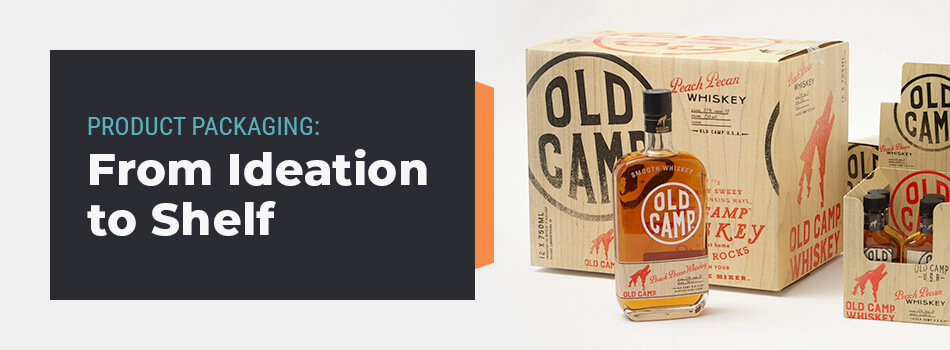
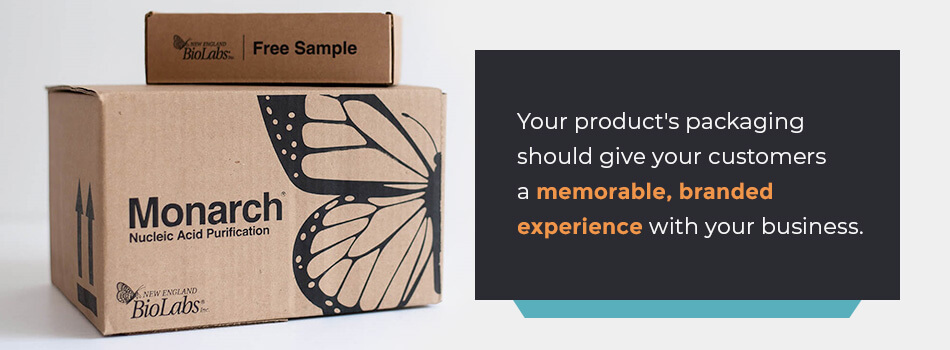
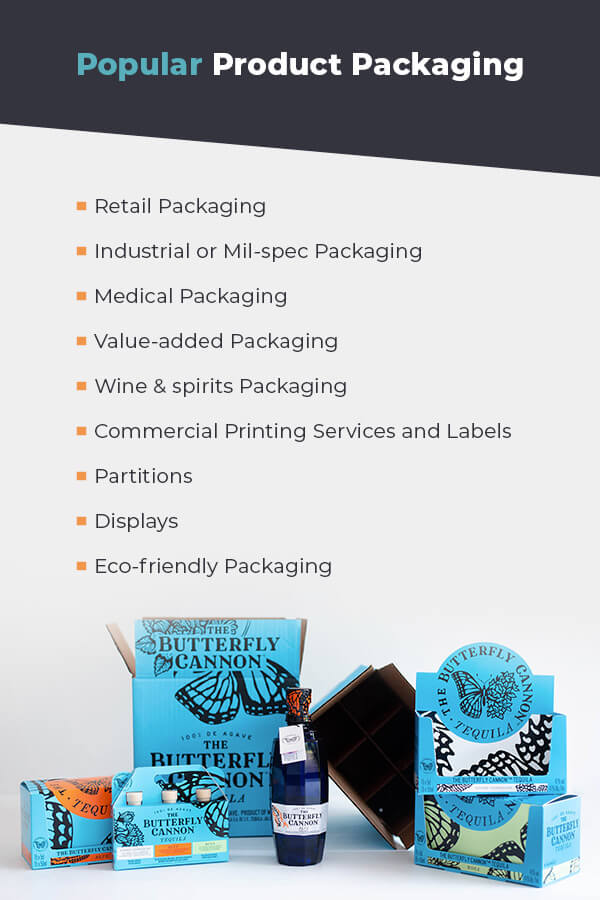
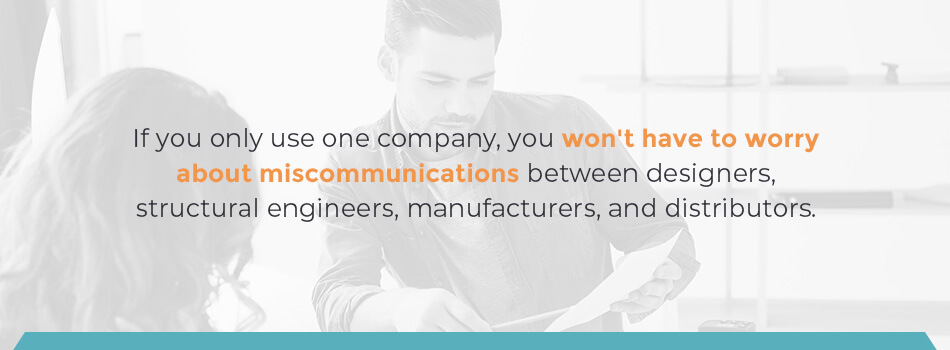
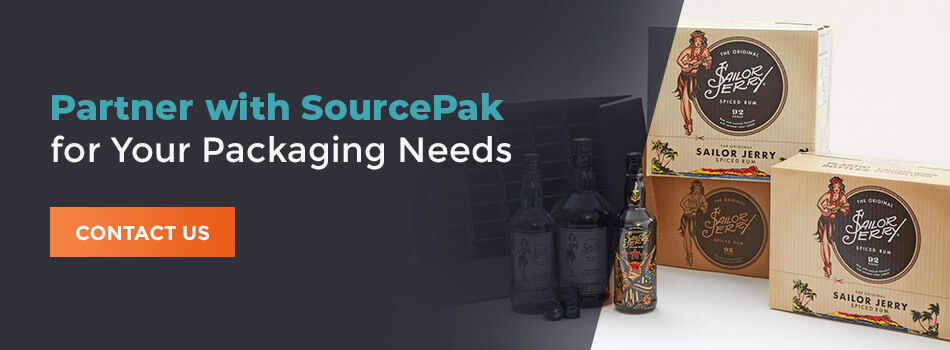
Recent Comments